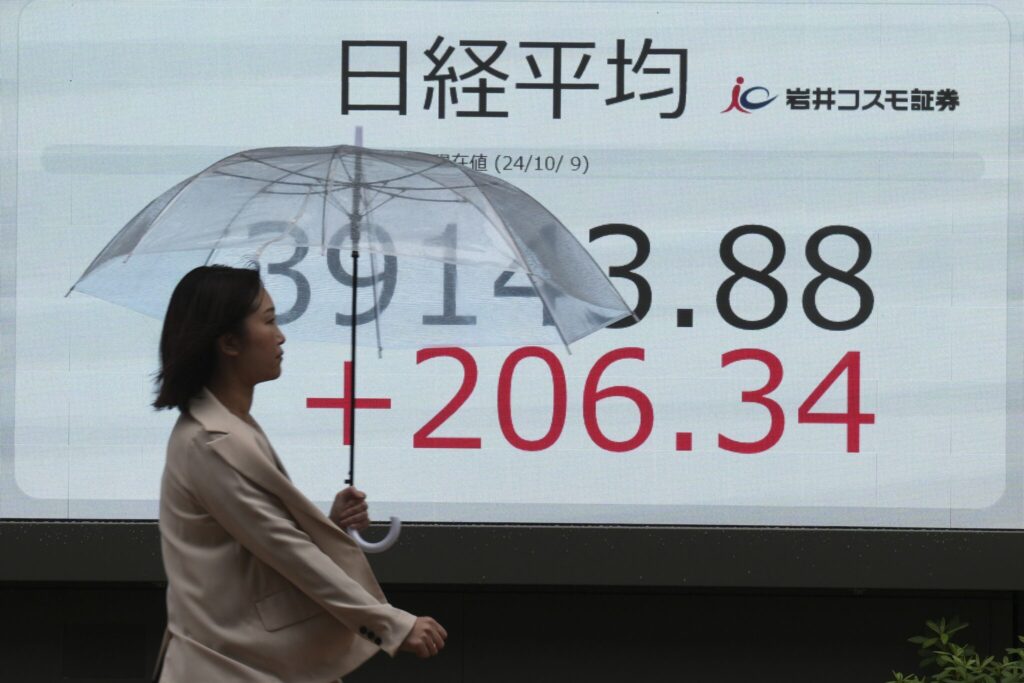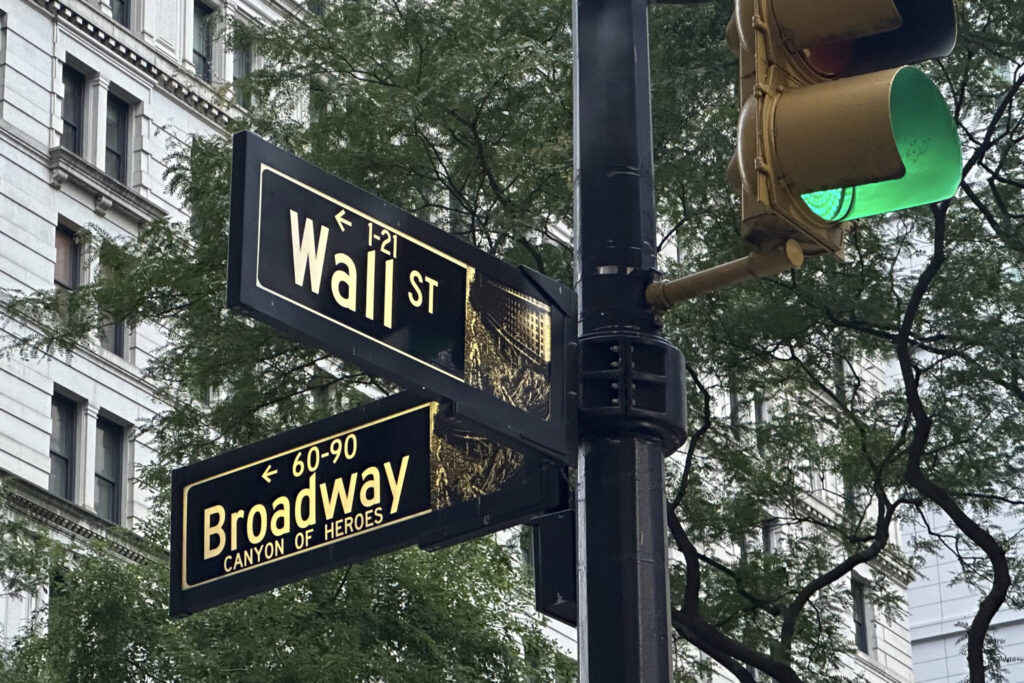Wall Street steady/ Shanghai stock drop/ China stimulus/ U.S. stock market update/ S&P 500/ oil prices fall/ Newslooks/ NEW YORK/ J. Mansour/ Morning Edition/ U.S. stocks held steady on Wednesday despite a major drop in Chinese markets, where the Shanghai Composite tumbled 6.6% on limited stimulus news. Wall Street indices moved slightly lower as investors remained cautious, while oil prices and Treasury yields showed modest adjustments following recent volatility.

Wall Street Steady as Shanghai Stocks Plunge – Quick Looks
- U.S. Markets: S&P 500 and Dow dip slightly, holding near record highs.
- China Market Drop: Shanghai Composite down 6.6%, Hang Seng dips 1.4%.
- Key Movers: Boeing drops 3.4% amid labor dispute, Alphabet falls on antitrust news.
- Oil & Bonds: Oil prices fall; Treasury yields show slight increases.
Wall Street Holds Firm Despite Shanghai’s 6.6% Stock Plunge
Deep Look
Wall Street held relatively steady on Wednesday morning, showing resilience even as Chinese markets experienced their sharpest one-day losses since the early days of the COVID-19 pandemic. After a turbulent trading session in China, where the Shanghai Composite fell 6.6% amid unmet stimulus expectations, U.S. indices saw modest declines in early trading. The S&P 500 was down just 0.1%, the Dow Jones Industrial Average slipped 20 points, or less than 0.1%, and the Nasdaq composite dipped 0.2%.
The drop in Chinese stocks followed high hopes for additional economic stimulus, which were dampened when Beijing’s recent announcements did not include major new support. Analysts expected a more significant boost to China’s slowing economy, especially as the nation’s recent GDP growth fell below its annual target of 5%.
The Shanghai Composite’s steep decline is its worst since February 2020, during the early phase of the COVID-19 outbreak in Wuhan. In Hong Kong, the Hang Seng Index shed another 1.4% following a 9% loss the previous day, marking its worst two-day slump since the 2008 financial crisis. Despite these losses, the Shanghai Composite remains up 9.5% year-to-date, and the Hang Seng has gained 21.1% for the year.
While China’s National Development and Reform Commission addressed economic plans on Tuesday, analysts noted that substantial government spending details will likely come from the Finance Ministry, which is set to provide an update on Saturday. Investors hope this briefing will clarify the government’s commitment to economic support, which so far has underwhelmed the market.
Meanwhile, specific stocks in the U.S. saw more significant movement. Boeing shares dropped 3.4% following a breakdown in contract negotiations with striking workers, as the company withdrew an offer for a 30% raise over four years. Alphabet, Google’s parent company, also saw its shares dip by 0.8% as the U.S. Department of Justice considers asking a judge to break up the tech giant due to its monopoly status in search.
Global oil prices, which surged briefly last week amid escalating Middle East tensions, have now returned to a downward trajectory. Brent crude, the international oil benchmark, dropped 1.5% to $76.02 per barrel after briefly surpassing $81 earlier in the week. U.S. crude also declined, down 2.1% to $72.04 per barrel. This has contributed to a mixed impact on energy stocks as oil markets adjust.
In the bond market, Treasury yields moved slightly higher. The yield on the 10-year Treasury rose to 4.04% from 4.01% the previous day, while the two-year Treasury yield edged up to 3.98%. These shifts suggest a wait-and-see approach as investors continue to evaluate potential Federal Reserve interest rate adjustments in response to economic data.
Despite Chinese markets’ struggles, stability prevailed across other global markets. Japan’s Nikkei index climbed 0.9%, while Germany’s DAX index rose 0.2%, reflecting modest gains amid broader uncertainty.
U.S. investors remain cautious, but Wall Street’s relative calm reflects expectations of economic resilience and careful optimism. As markets continue to monitor both international developments and domestic corporate news, focus remains on upcoming announcements that could sway economic trajectories in the weeks ahead.







